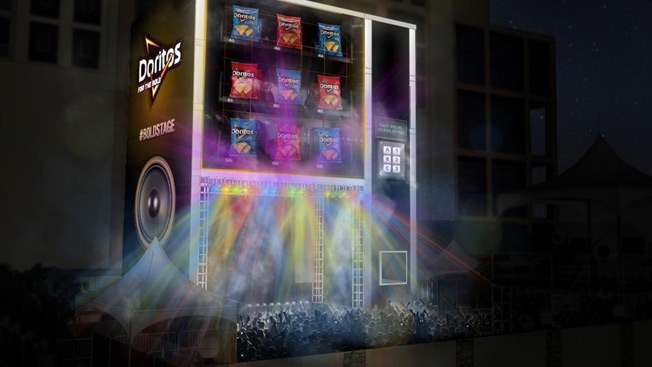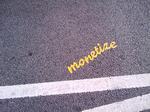This guest post on the topic of Do Not Track is written by Tim Stoute, Co-CEO & CTO of Toronto-based eyeReturn.
Online advertising is appealing because it is effective and measurable. The “Ad Tech” industry is a competitive and innovative space, where disruptive new techniques are frequently introduced to provide advertisers new tools, reports, and efficiencies for their advertising dollars. One of these new technologies is behavioral advertising. Behavioral advertising allows online systems to classify web-surfing habits and target specific advertisements based on the classification – this, as you know, makes the advertising more efficient for the advertiser, and more relevant to the end user.
While behavioral advertising is both anonymous and a benefit to all parties, some people perceive the practice as intrusive and infringing on user privacy. Recognizing these concerns, the online advertising industry has worked together to form standards, regulations and opt-out systems. One of these standards is called Do Not Track (DNT).
Essentially, the DNT standard is a feature that is built into some web browsers, that allows user to indicate their opt-out preferences. Under the standard, all members of the online advertising community and ad tech space would obey the DNT signal, and not use any behavioural classifications when deciding which ad to deliver to a browser.
Microsoft on DNT
One of the tenets of the DNT standard is that the end user be given the choice about the DNT setting in their browser. Microsoft surprised the industry when they announced that Internet Explorer 10 browser (IE 10) would set the Do Not Track to “on” by default in IE 10, and not offer the user with a clear choice during installation.
Microsoft’s decision to turn on the DNT signal by default goes against a standard that the majority of the industry has worked on, and gained agreement on in principle. It remains to be seen how the IE 10 issue will really play out, but some large industry members, Yahoo for example, have stated they are ignoring IE 10 DNT signals altogether. Therefore, this move by Microsoft could simply backfire, and do a disservice to users of their web browser.
DNT in General
There are many technical details to be worked out surrounding the DNT standard, and if these are not carefully planned and implemented, there is a real risk that small and medium sized businesses in the online advertising ecosystem will be wiped out – leaving only the large internet/media companies such as Google and Facebook in the industry.
The reality is that a large part of the Web is supported by advertising, and without efficient advertising the content will disappear, or only be accessible to people that can afford to pay. It’s conceivable that all quality online content will end up behind paywalls, and the Web will become a much less valuable source of information and benefit to society at large.
The Internet Advertising Bureau in partnership with the Network Advertising Initiative and Digital Advertising Alliance, have worked together to create standards that allow anonymous and aggregate data to increase advertisers efficiencies while protecting end users privacy
Why DNT will hurt Small to Mid Sized Businesses
The World Wide Web Consortium’s (W3C) stance on the DNT standard has traditionally been very conservative. In an email from the NAI, describing a meeting with W3C’s Peter Swire, the NAI stated “(we) spent considerable time explaining how DNT could disproportionately harm the third-party ecosystem, and thus how it could endanger users’ access to cost-free ad-supported content and services. We drove home the point that the DNT policy currently on the table potentially establishes new barriers to entry for small players, creates competitive advantages for a select few large players, and threatens the current diversity of today’s innovative and dynamic Internet.”
DNT places a large and growing industry in potential jeopardy, but it goes beyond just the ad tech space. Small web sites and small business will suffer disproportionately under stricter online regulations. These companies increasingly depend on advertising to generate revenue, and behavioural advertising is the most efficient and effective means of advertising.
As tighter restrictions like DNT come into play, these companies will lose efficiency and the opportunity to communicate with their customers and potential customers, leaving only the largest corporations to monopolize the business space while also digesting and controlling far more than simple anonymous browsing and targeting data.
Members of the NAI, DAA – and the vast majority of online behavioral targeting companies – do not use personally identifying information. Behavioural advertising employs anonymous and aggregate data, with no names, addresses, phone numbers or precise pieces of information that permit the identification of an individual; there’s no reasonable means of identifying a specific person based on the data industry members use.
A parallel between OBA and telephone marketing is sometimes drawn, but they are very different, and here’s why: online advertising generates revenue and supports content that is not intended to be free – it is valuable, and only exists online to generate revenue. Therefore advertising is reasonably acceptable, and making the advertising as efficient as possible is also reasonable, so long as personally identifying information is not used without consent. Furthermore online advertising does not interrupt your family dinner as do telephone marketing companies – you only encounter it while surfing the Web, consuming ad-supported content or accessing ad supported resources.
DNT will fail if not carefully implemented; as we have seen advertisers may circumvent standards that are unreasonable; the standard needs to find balance between protection of privacy, the ability to monetize publisher content, and ensuring economic growth for the online ad industry – i.e. other players aside from Facebook and Google.



![]()






























